ABOUT
Welcome to PlanCayman; the Cayman Island’s emerging Development Plan. The Development Plan is a long-range comprehensive strategic outline which guides physical development and the overall use of land in the Cayman Islands. Here you can find information about the various elements of the Plan, how we will prepare it and how you can get involved.

How we got here…
The starting point for PlanCayman is formed by the goals and objectives that you have identified during the public outreach programmes of previous Development Plan reviews. Please see the History of Cayman’s Development Plans. These goals and objectives have been compiled into the National Planning Framework.
Purpose
The Development Plan, referred to as PlanCayman is a long-range comprehensive policy which will be used to guide physical development and the overall use of land in the Cayman Islands. The primary objective of the Development Plan is to maintain and enhance the economy, society and environment of the Cayman Islands. It is intended that the policy and strategy for the Islands is flexible enough to accommodate individual requirements, special circumstances and changing conditions while also ensuring that all development seeks to balance and integrate social, environmental and economic considerations to meet the needs of the nation without compromising the ability of future generations to meet their own needs.
Achieving a sustainable economy requires collaboration between the government, businesses, community and individuals. As such, a priority for PlanCayman is to encourage better coordination and cooperation among all interested persons and entities
The Plan is a living document and will be reviewed and updated as actions are achieved and conditions change.
The Development and Planning Act (2021 Revision) Section 9, establishes the legal foundation for the Development Plan.
The National Planning Framework (NPF), was finalized in February 2023 and is a policy document, a flexible framework which forms the overarching basis for more specific components of the Development Plan.
National Planning Framework
Long-term vision, goals and objectives for the Cayman Islands.
Planning Statement
Overarching policy and guidance for development in the Cayman Islands.
Area Plans & Zoning Map
Location specific planning policies and guidance.
Development & Planning Regulations
Development Guidelines and legislative version of the Plan.
Why and How…
The National Development Plan known as PlanCayman, is a collaborative effort aimed at modernizing the Cayman Islands’ physical development and land use framework, and replacing the outdated 1997 Development Plan to better align with current community needs and future aspirations. This initiative is led by the Central Planning Authority (CPA), Development Control Board (DCB), with support and assistance from the Ministry of Planning, Agriculture, Housing, Infrastructure, Transportation and Development (PAHITD), Department of Planning (DoP), and the Ministry of Sustainability and Climate Resiliency (MSCR).

Appropriate & Efficient Use of Land
Being a small island nation of 93 sq miles, land must be used in appropriate and efficient manner. Land use planning is vital to balance competing and sometimes conflicting interests, and to ensure cohesive land development.
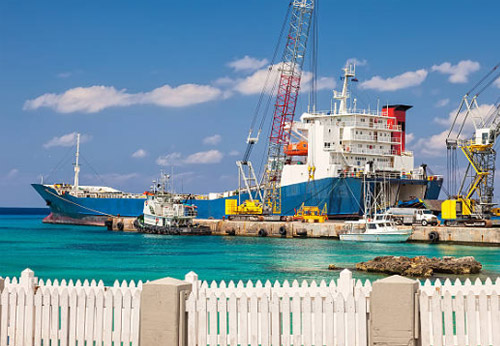
Maintaining a Successful Economy
The tourism and the financial services industries have been central to the success of the islands. These industries need to be supported by providing the necessary space and built environment for them to prosper which will be facilitated through this Plan.
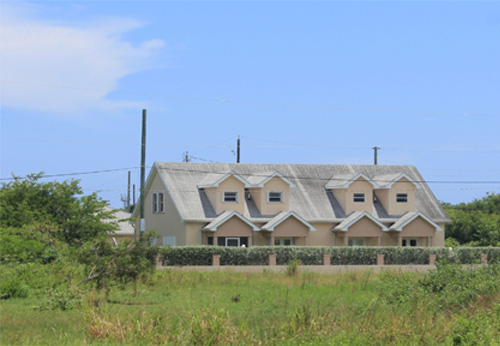
The Supply & Cost of Housing
Providing places for people to live, at all income levels, is a fundamental responsibility. While the industry has sought to keep up with demand, prices are high in both the rental and sales markets. It is important to provide a range of housing types, at a variety of price points, to meet the needs of all residents.
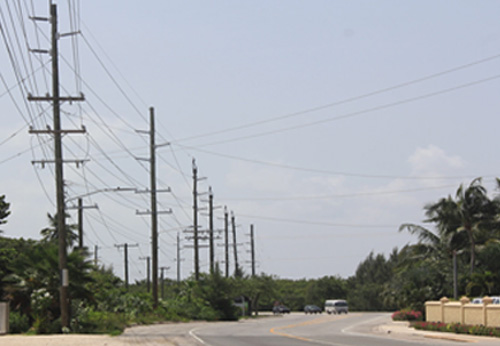
Meeting Demands for Infrastructure
The rapid population growth in the Cayman Islands has placed considerable pressure on existing infrastructure facilities. This has resulted in the need for a sustainable infrastructure system that meets demands in a cost-effective manner to safely and efficiently serve the community in the long term.

Improving Transportation
The Cayman Islands is heavily dependent on private vehicles which contribute to congestion. Safe, efficient and appealing transportation alternatives are required to address growing traffic challenges. Solutions factored in The Plan include: public transportation, walking and cycling. When properly planned and supported these forms of transport can be enjoyable, environmentally friendly, efficient and safe.
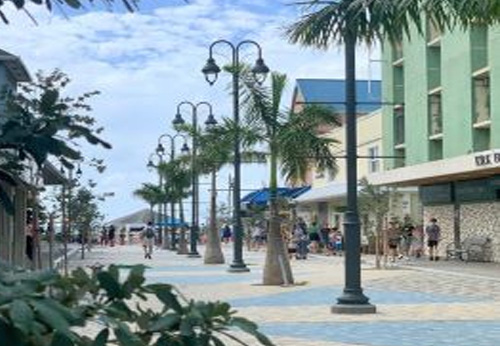
Enhancing Place Quality
Great communities have attractive and comfortable places where people can meet, interact, relax and enjoy themselves. The Cayman Islands have a number of places with these characteristics, and the Development Plan strives to expand these further. Doing so will lead to opportunities to improve our quality of life, by encouraging a modern, inclusive and safe community.

Adapting to Growing Population
The Cayman Islands has one of the highest rates of migration in the world; supporting more than 130 nationalities.
This has a huge impact on the built, social and natural environment of the Cayman Islands. Our response to that is one of the key focus for this Plan.
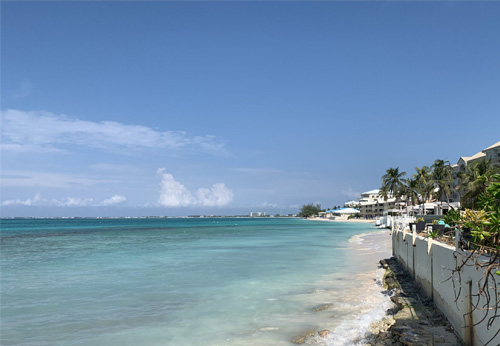
Responding to Climate Change
The impacts of climate change will potentially affect every individual, organisation and sector in the Cayman Islands. Impacts include but are not limited to: human health and well-being, the natural environment, food security, water supply, economic prosperity, human settlements, infrastructure, and national security. This Plan aims to mitigate against such impacts.

Quality of the Natural Environment
As the Cayman Islands grow there is increasing pressure on the natural features. It is important that growth and development are balanced with the protection of the natural environment. A careful balance must be struck between what is a valuable natural feature and desirable development.